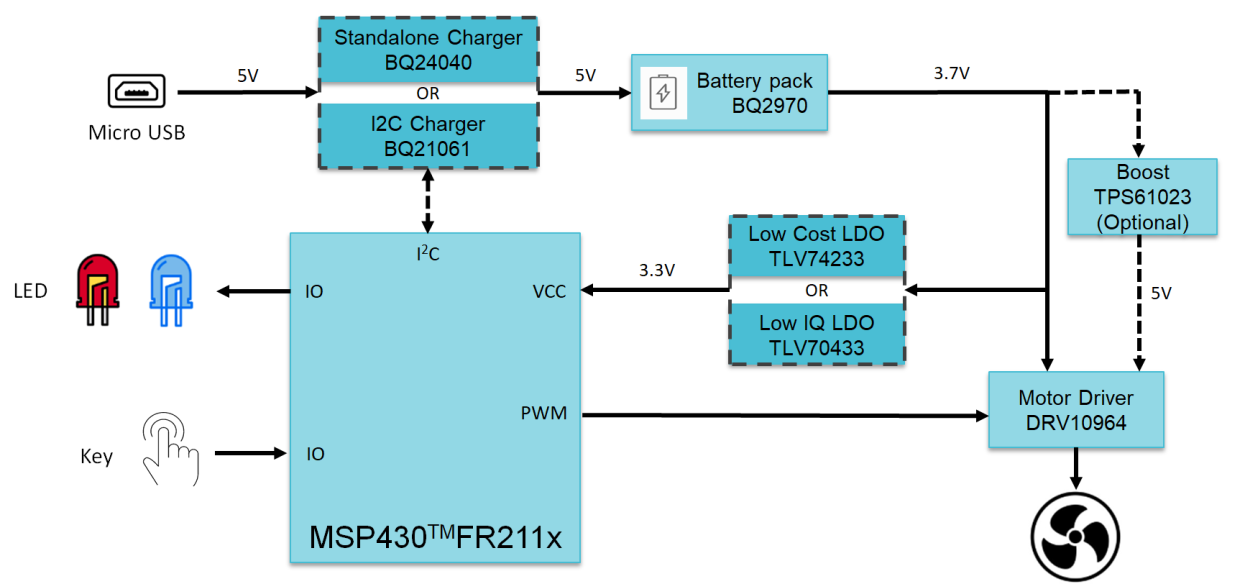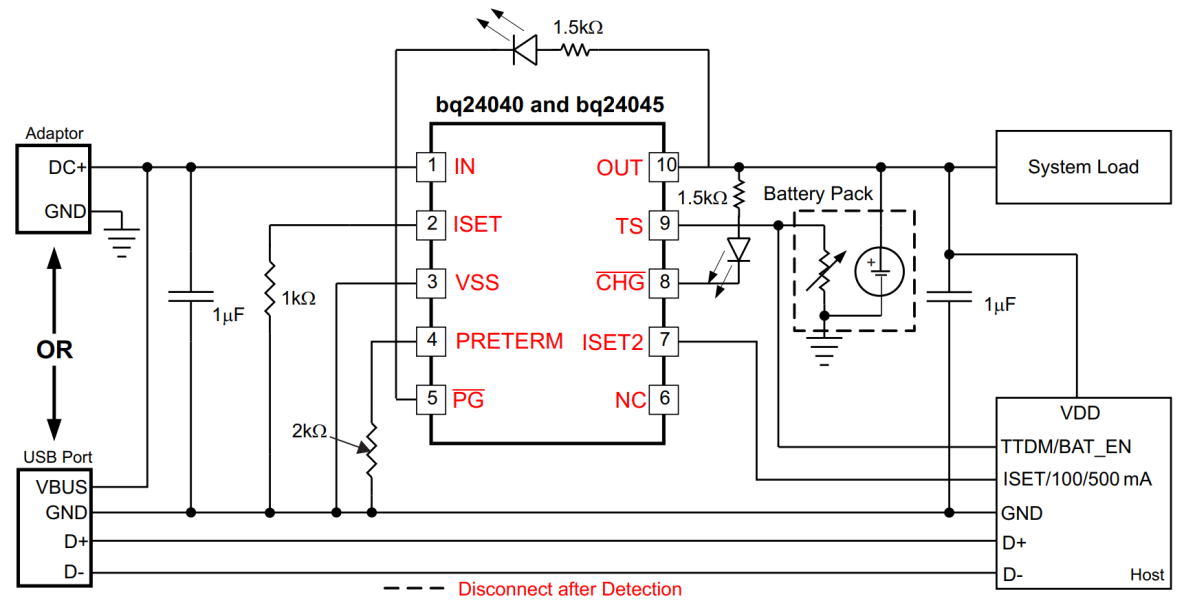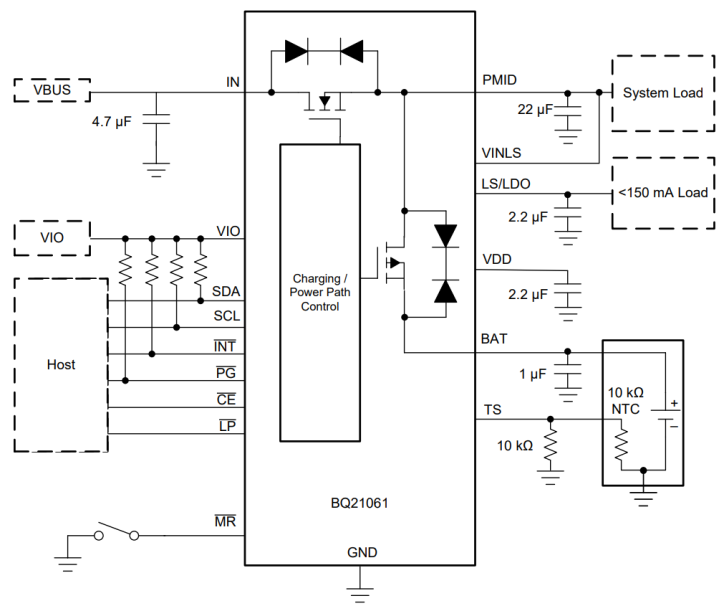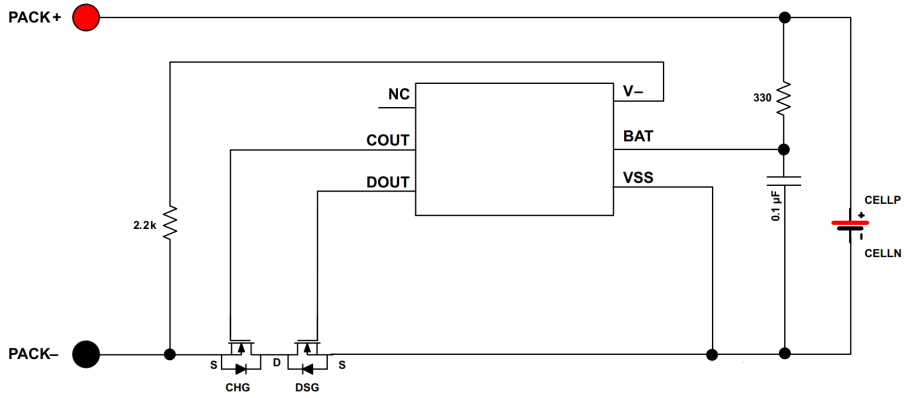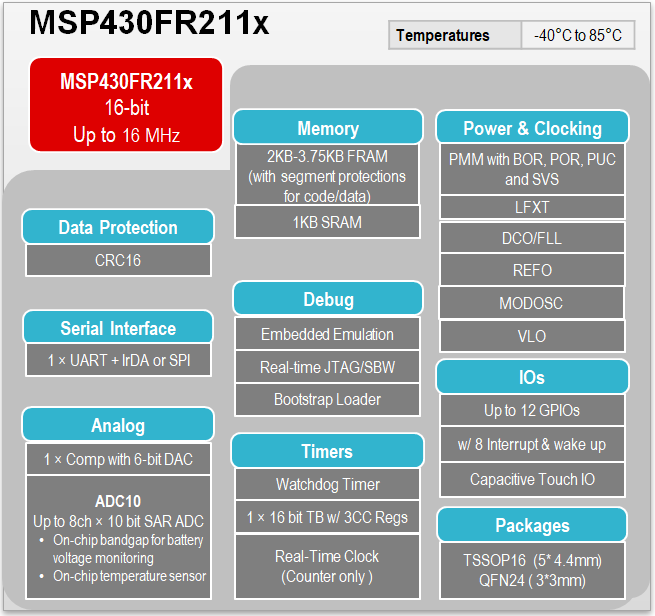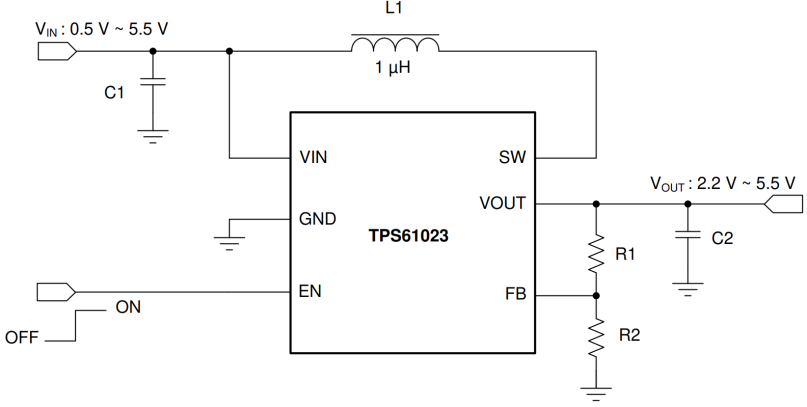Accelerate your electric mask design
Wearing an electric mask can increase your comfort level when compared to disposable or N95 masks. An electric mask is similar to a central ventilation system. There is a fan inside of the mask to inhale the outside air, and the outside air enters the interior after being filtered through the filter element. This helps combat breathing difficulty that comes from wearing the mask for a long time. At the same time, the circulation ventilation function can improve the problem of lens fogging when wearing both glasses and masks.
Figure 1 compares different types of masks.
|
|
Disposable medical mask |
N95 mask |
Electric mask |
|
Pros |
Low price |
Moderate price Excellent performance of filtering PM2.5 Good protective properties Repeated use |
Excellent performance of filtering PM2.5 Good protective properties Comfortable to wear, good air permeability, not wet and stuffy.
By replacing the filter screen, it can be used repeatedly. |
|
Cons |
Poor protective properties Invalid for PM2.5 Disposable Ordinary air permeability |
Poor air permeability (slightly better with breathing valve) |
Higher price |
Figure 1: Comparison of different types of masks
TI provides a complete set of solutions for designing electric masks. The system diagram of common electric masks is shown in figure 2.
Figure 2: Electric masks system diagram
Lithium-ion battery charging solution
Electric masks are usually powered by single string of small lithium-ion batteries, which are charged through a USB interface. For this kind of system configuration, TI provides a high-precision special charge management chip BQ24040. The typical application block diagram using this device is shown in figure 3.
Figure 3: A block diagram of BQ24040
BQ24040 is a highly integrated, high-precision, and high-current charging management chip designed for space-constrained portable products. The input voltage range of up to 30 V enables the battery not only to be charged by USB but also to be safely charged by various low-cost adapters without being damaged. The maximum 1-A charging current can meet the need for quick charging. Excellent performance enables BQ24040 to be widely used in smartwatches, wristbands, Bluetooth headsets, electric masks and more.
BQ24040 has the following benefits:
- Accurate charging current control as low as 10 mA;
- The charging voltage accuracy of up to 1% in the full temperature range can significantly extend the battery’s lifespan.
- Integrated battery temperature monitoring function;
- Comprehensive safety protection performance;
- Packaging as small as 2mm * 2mm;
If I2C programmable Li-ion charger is preferred in the design, TI proposes BQ21061 and its typical application block diagram is shown in figure 4.
Figure 4: A block diagram of BQ21061
The BQ21061 IC is a highly programmable battery management device that integrates a 500-mA linear charger for single cell Li-Ion batteries, a general purpose LDO that may be configured as a load switch, and a pushbutton controller. Through it's I2C interface the host may change charging parameters such as battery regulation voltage and charge current, and obtain detailed device status and fault information. The push-button controller allows the user to reset the system without any intervention from the host and wake up the device from Ship Mode.
Battery protection scheme
Improper use of a lithium-ion battery can lead to safety risks, therefore, the protection of lithium-ion battery is crucial to the safety performance of products. For the single string low-voltage lithium-ion battery, TI has a low-cost special protection chip BQ2970. BQ2970 provides protection function for lithium-ion/lithium polymer batteries and monitors external power MOSFET to provide protection in case of high charge and discharge current, including overcharge protection, over-discharge protection, overcharge and discharge overcurrent protection, short circuit detection. The current consumed in normal mode operation is only 4 4µA, reducing the battery’s power consumption. The size is only 1.5mm * 1.5mm * 0.75mm, which is conducive to reducing the volume of the battery pack. The typical application block diagram of BQ2970 is shown in figure 5.
Figure 5: Reference schematic diagram of BQ2970
BLDC fan motor drive
The good air permeability of an electric mask comes from its internal circulation fan. An efficient and silent DC brushless fan motor drive will directly affect the user experience of the product. DRV10964, shown in figure 6, is a three-phase sensorless motor driver with an internally integrated power MOSFET. It is designed for motor drive applications with high efficiency, low noise, and few peripheral devices. The proprietary sensorless 180° sine control scheme provides ultra-silent motor drive performance. DRV10964 has a function of intelligent lock detection, combined with other internal protection circuits, to ensure safe operation. DRV10964 adopts 10 pin USON packaging with high thermal efficiency, and it has an exposed thermal pad.
Figure 6: Reference schematic diagram of DRV10964
The main benefits of the driver chip are as follows:
- Simple implementation with few peripheral devices.
- 180˚ three-phase sine wave drive without a Hall sensor, which can support a maximum 500-mA continuous working current.
- Comprehensive protection functions: locked rotor, overcurrent, overvoltage, undervoltage, overheating, etc.
- Ultra-low static current as low as 15uA.
- Packaging as small as 3mm x 3mm.
Master control scheme
MSP430FR211x (shown in figure 7) is a powerful 16 bit RISC CPU for an ultra-low power, low-cost MCU, providing 2KB ~ 4KB of FRAM and 1KB of SRAM. The serial interface includes UART, IrDA or SPI, which integrates 6-bit DAC and 8-Channel 10 bit ADC and has 12 GPIO ports. Its low-power consumption and QFN24 (3mmx3mm) packaging are very suitable for portable devices.
Figure 7: Internal resources of MSP430FR211x
Power rails scheme
The system may need different power rails for MCU or Motor. To supply the MCU, a LDO is proposed to use to convert battery power to 3.3V for MSP430. TLV74233 is a high performance with low Iq for cost sensitive applications. If extremely low quiescent current is required in the system, TLV70433 is proposed and its quiescent current is down to 3.2uA.
If the motor requires 5V or even higher voltage for operating, a boost converter may be needed to power the motor. TPS61023 device is a synchronous boost converter with 0.5-V ultra-low input voltage. The device provides a power supply solution for portable equipment and smart devices powered by various batteries and super capacitors. The TPS61023 has typical 3.7-A valley switch current limit over full temperature range. With a wide input voltage range of 0.5 V to 5.5 V, the TPS61023 supports super capacitor backup power applications, which may deeply discharge the super capacitor. The typical application is shown in figure 8:
Figure 8: Typical application for TPS61023
TI’s comprehensive products provide users with the resources they need to design electric mask products. The vast portfolio and support resources can greatly shorten the time of R&D and accelerate the time-to-market of electric masks.


